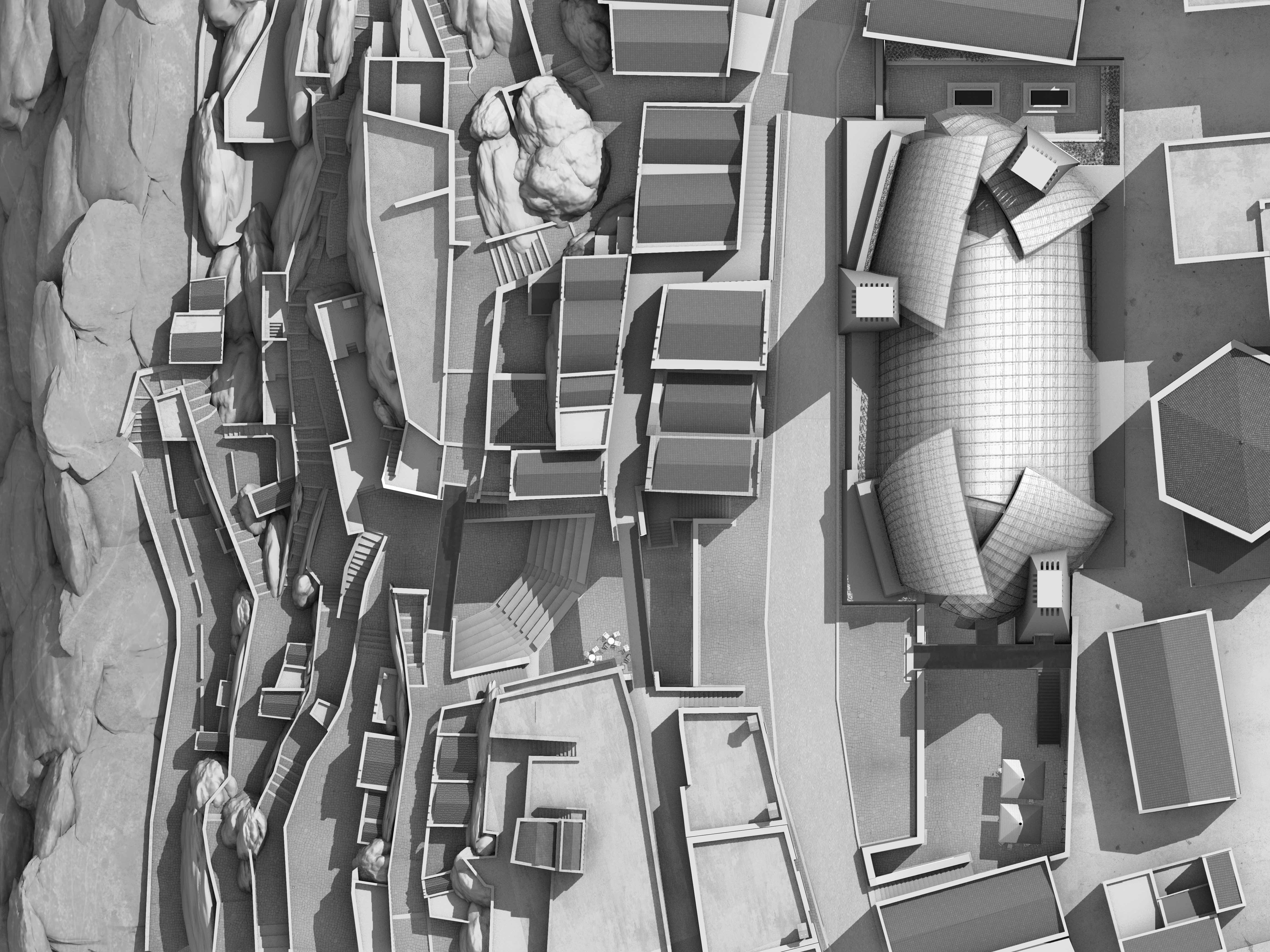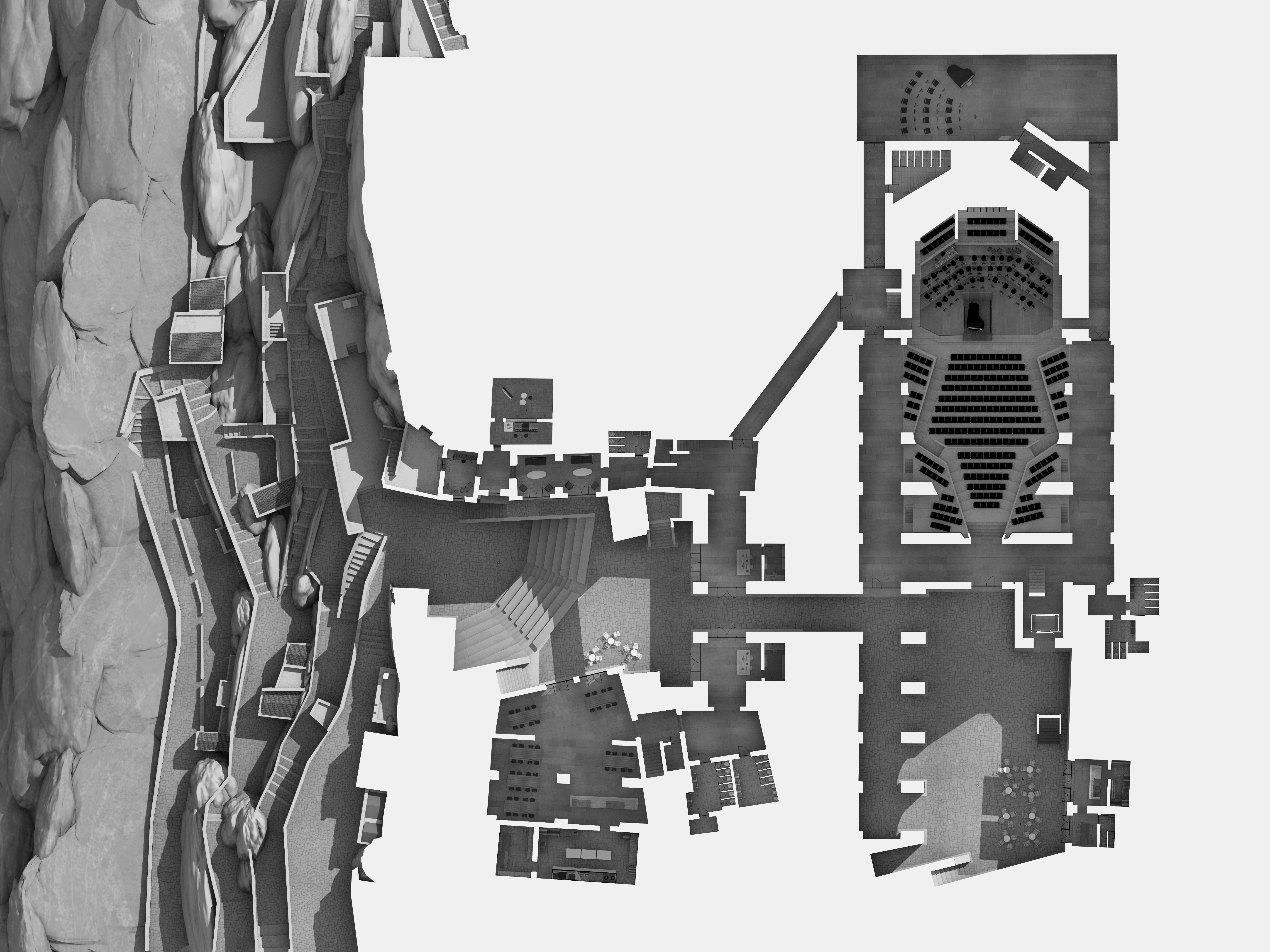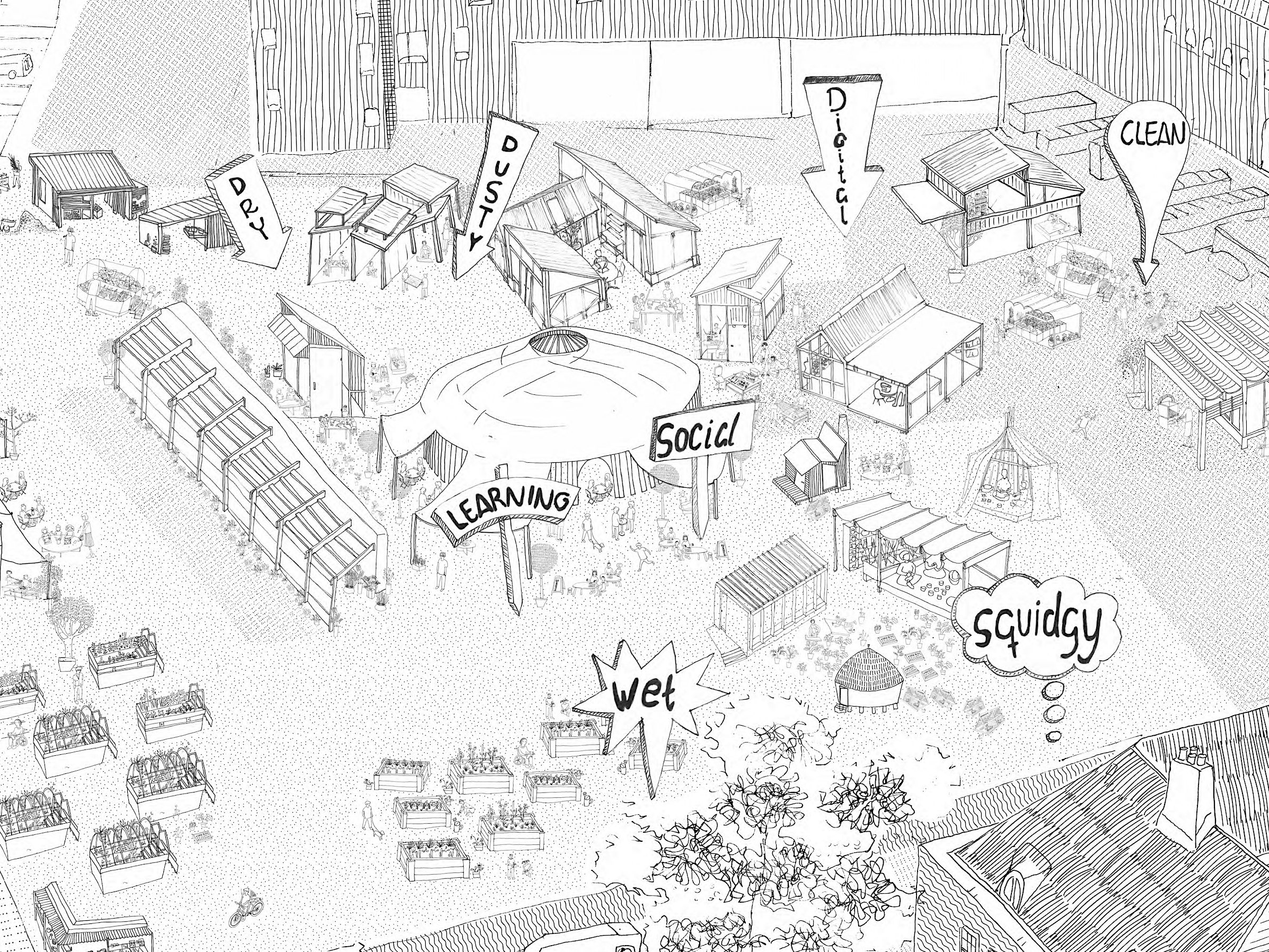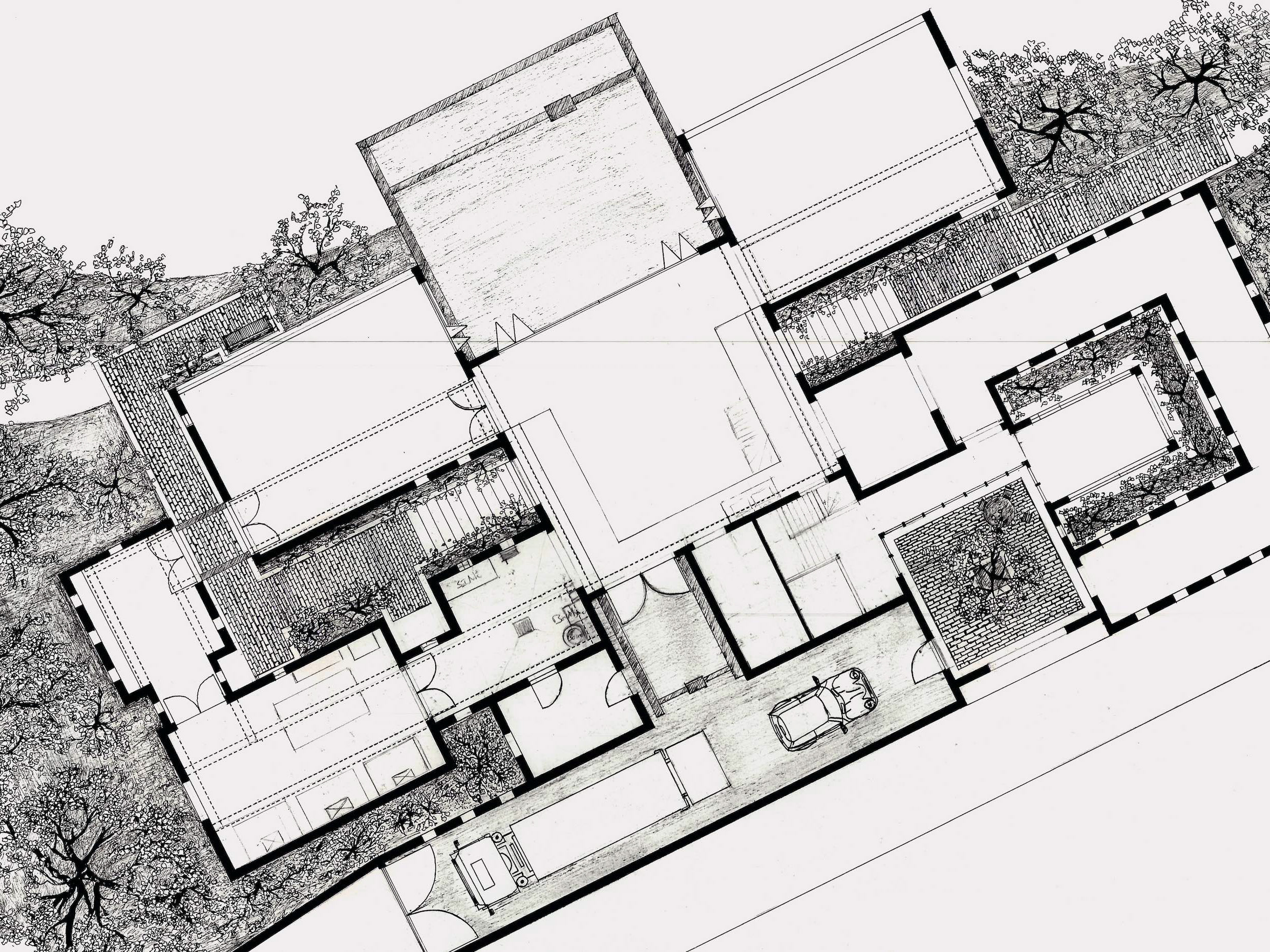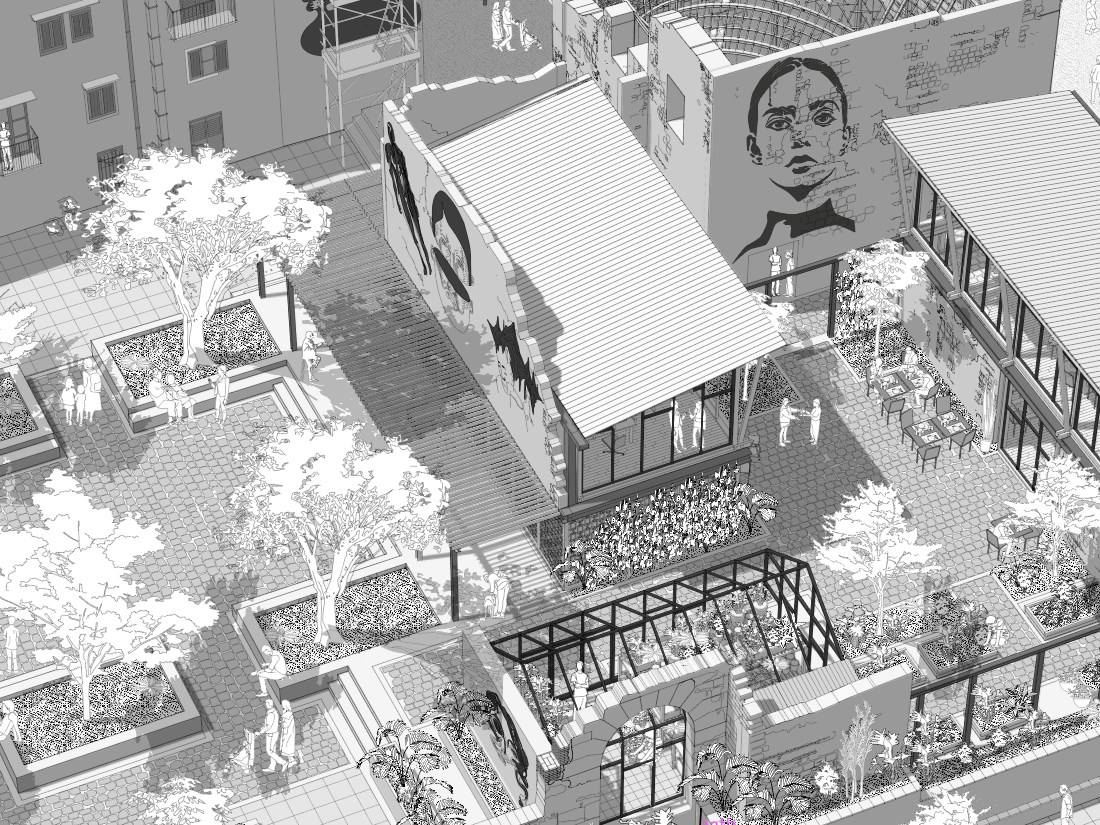The following project is based in Dungeness, a costal site on the North-East coast of the UK. Dungeness is a protected 'waste land' known for its poetic character and wildlife. Notions of time and obsolescence are apparent in the ghostly history of what was once a thriving fishing industry.
The reminiscence of what once was a thriving fishing industry.
Dungeness once thrived from an active fishing industry. The construction of two nuclear power stations in the 1980's created warm water outflows disturbing the eco-system, consequently reducing the number of fish. The fishing boats and shelters were left to degrade in the landscape as the fishermen relocated.
A story told by the landscape.
The study of geometry amongst coastal forms.
Dungeness is one of the largest expanses of shingles in Europe. A 'line' in the landscape was chosen as a starting point by following dune formations running parallel to the seafront. Dune formations have been interrupted by human passage (train lines and tracks) towards the sea, thus creating sheltered yards.
A nomadic shelter designed to degrade over time.
The nomadic shelter is positioned to accompany the chosen yard space. The shelter is placed lightly on the landscape, moving as landforms evolve. With materials of varying lifespans, the shelter is designed to degrade over time, ultimately leaving a house shaped frame as a poetic reminder of its existence.

